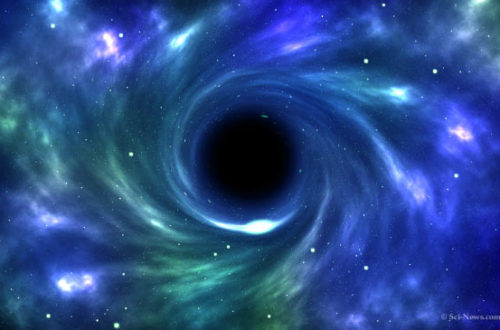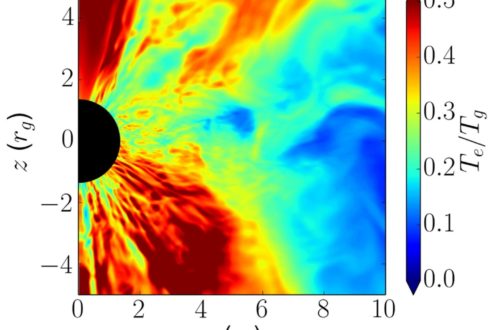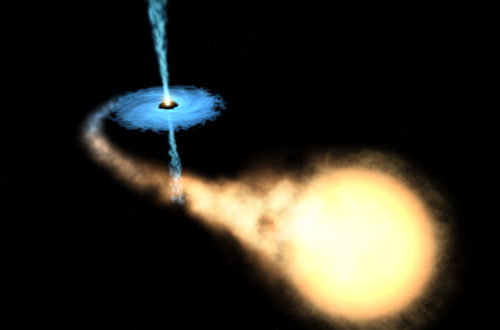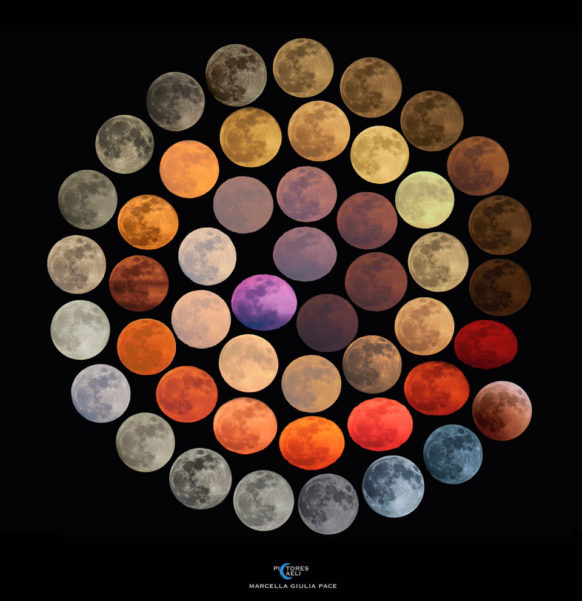
…that’s amore!
The moon is one of the most beautiful objects in the sky to photograph. Not only is it close enough for us to resolve its craters, its apparent size is also large enough for its light to be distorted by the Earth’s atmosphere. This distortion is what causes the moon to appear to be different colours. It is important to note, however, that the moon does not produce its own light. The moon’s surface reflects light from the sun!
If we were to take a photo of the moon outside of the Earth’s atmosphere, it would always appear to be a shade of grey. When viewed from inside the Earth’s atmosphere, however, we are treated to a range of colours as shown in the image on the left.
But what is the actual science behind these colours of the moon. As the moon rises, its light has to pass through more of the Earth’s atmosphere to reach the observer. This results in the light being scattered by particles in the atmosphere. The amount of scattering is inversely proportional to the wavelength of the emitted light. Since blue light has a shorter wavelength than red light, blue light will be scattered more as it travels through the Earth’s atmosphere. That is why when the moon is low on the horizon, it can appear to be more red in colour. As the moon rises, its light has to traverse through less of the Earth’s atmosphere, and we therefore observe it more of its natural, grey colour.
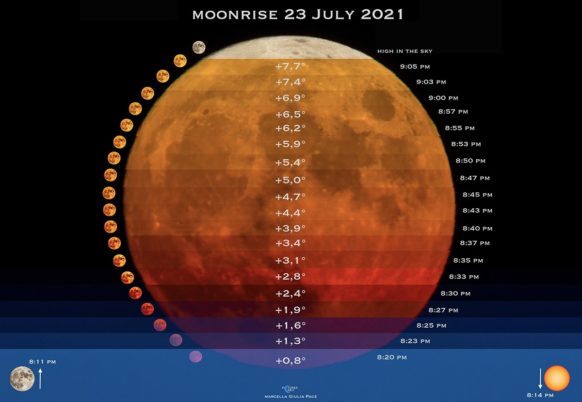
When there are larger dust particles in the air due to dust storms, wildfires, etc., these particles act as a filter and can cause the moon to appear blue or purple. But seeing a blue moon is quite rare. But who knows, you might be lucky enough to witness it once in a blue moon!


